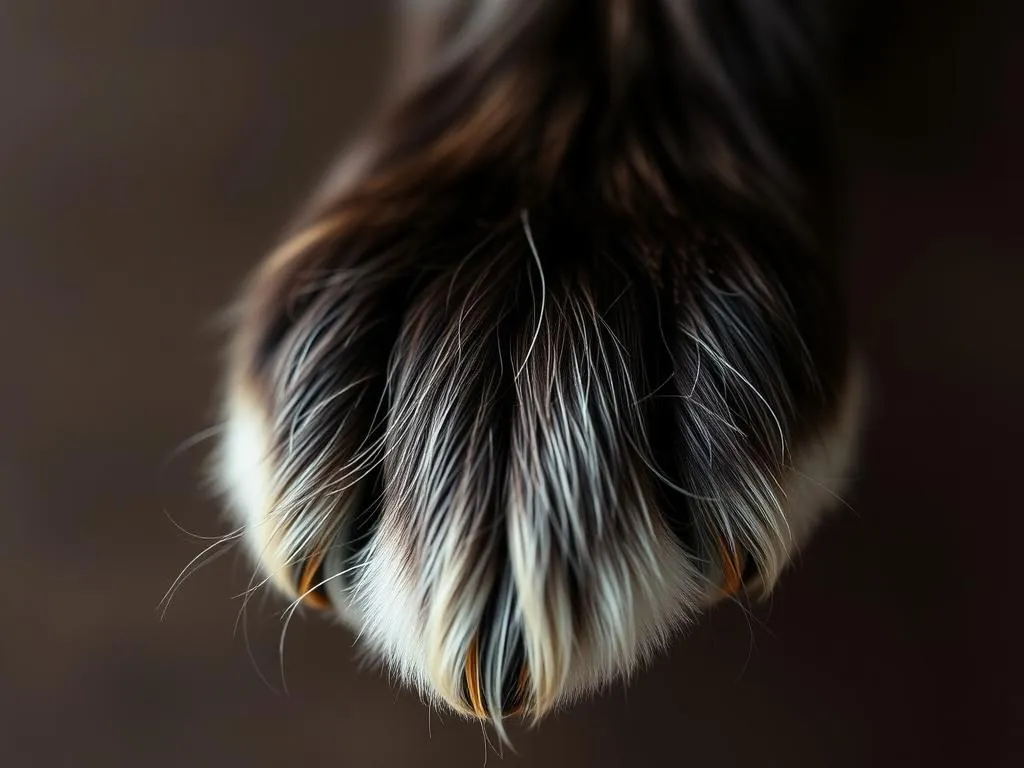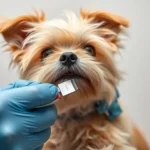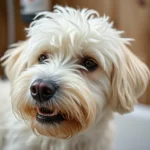
Grooming is a vital aspect of dog ownership that goes beyond mere aesthetics. Regular grooming helps maintain a dog’s overall health, and one essential part of this grooming routine is trimming dog paw hair. This article will delve into the significance of this task, the tools you need, a detailed step-by-step guide to trimming, tips for maintaining paw health, common mistakes to avoid, and when to seek professional help.
Understanding the Importance of Paw Hair Trimming
Health Benefits
Trimming your dog’s paw hair is not just about keeping them looking tidy; it plays a crucial role in their health. Here are some key health benefits:
-
Preventing Matting and Tangling: Overgrown fur can lead to matting, which can cause discomfort and pain for your dog. Mats can trap dirt and moisture, leading to skin infections.
-
Reducing the Risk of Infections and Injuries: Long hair around the paws can harbor bacteria and fungi, increasing the risk of infections. Additionally, if the fur gets caught on objects, it can cause injuries.
-
Enhancing Mobility and Comfort: Excessive fur can interfere with your dog’s ability to walk comfortably, especially if it gets caught in between their toes or pads.
Aesthetic Benefits
Beyond health, there are aesthetic advantages to trimming:
-
Improving the Appearance of Your Dog’s Paws: A well-groomed dog looks healthier and happier. Trimming paw hair can enhance your dog’s overall appearance, making them look neat and well cared for.
-
Boosting Overall Grooming Routine: Regular paw grooming complements other grooming practices, contributing to a complete and positive grooming experience for your dog.
Tools Required for Trimming Dog Paw Hair
Essential Grooming Tools
To effectively trim dog paw hair, you’ll need the following essential tools:
-
Dog Grooming Scissors: These are specially designed with rounded tips to prevent injury while trimming delicate areas.
-
Electric Clippers: For longer-haired breeds, clippers can make the job easier and quicker.
-
Nail Clippers: While primarily for nails, keeping nails trimmed is part of overall paw health and complements hair trimming.
-
Brushes and Combs for Detangling: A good brush helps remove tangles before you begin trimming, making the process smoother.
Optional Tools
Consider having these optional tools on hand as well:
-
Paw Balm for Moisturizing: This can help soothe and protect the paw pads after trimming.
-
Styptic Powder for Minor Cuts: In case of accidental nicks, styptic powder can help stop bleeding.
Step-by-Step Guide to Trimming Dog Paw Hair
Preparing Your Dog
Creating a calm environment is vital for a successful grooming session. Here’s how to prepare:
-
Create a Calm Environment: Choose a quiet space free from distractions. Soft music or treats can help soothe your dog.
-
Using Treats and Positive Reinforcement: Encourage your dog with treats and praise throughout the process to create a positive association with grooming.
Assessing the Paw
Before you start trimming, it’s essential to assess your dog’s paws carefully:
-
Identifying Areas That Require Trimming: Look for excess fur between the toes and around the pads. These areas often need the most attention.
-
Recognizing Signs of Discomfort or Irritation: Check for redness, swelling, or any signs of discomfort. If your dog seems sensitive, you may need to consult a vet before proceeding.
Trimming Techniques
When it comes to trimming dog paw hair, proper technique is crucial. Here’s a step-by-step guide:
-
How to Hold Your Dog’s Paw Safely: Gently hold your dog’s paw in your hand. Ensure you’re calm and steady to help your dog feel secure.
-
Trimming Between the Toes: Use your grooming scissors to carefully trim the fur between the toes. Be cautious of the skin, and trim only small amounts at a time.
-
Trimming the Fur Around the Paw Pads: Use the scissors to snip away excess fur around the paw pads. This helps prevent dirt from getting trapped.
-
Techniques for Trimming the Fur on the Top of the Paw: For the top of the paw, comb the fur up and trim evenly. Make sure to maintain the natural shape of the paw.
Post-Trimming Care
After trimming, it’s essential to provide proper care:
-
Cleaning the Paws After Trimming: Gently wipe the paws with a moist cloth to remove any hair clippings and dirt.
-
Checking for Injuries or Irritations: Inspect the paws for any cuts or irritations. If you notice anything unusual, consult your veterinarian.
Tips for Maintaining Paw Health
Regular Grooming Schedule
Establishing a regular grooming routine is critical:
-
Recommended Frequency for Paw Trimming: Depending on the breed, trimming every 4 to 6 weeks is ideal. Long-haired breeds may require more frequent grooming.
-
Signs That Indicate It’s Time for a Trim: If you see excess hair between the toes or if your dog starts to struggle while walking, it’s time for a trim.
Seasonal Considerations
Different seasons may require adjustments in grooming techniques:
-
Adapting Grooming Techniques for Different Weather Conditions: In warmer months, you may want to trim more frequently to keep your dog comfortable. In winter, be cautious of ice and salt that can irritate paw pads.
-
Importance of Paw Care in Winter and Summer: Protecting your dog’s paws from hot pavement in summer and ice in winter is crucial for their comfort and health.
Additional Paw Care Practices
Beyond trimming, consider these additional practices:
-
Regular Paw Inspections: Check your dog’s paws regularly for signs of injury or irritation.
-
Using Paw Protection Products: Paw balms can help moisturize and protect against the elements, while booties can safeguard against extreme weather or rough terrain.
Common Mistakes to Avoid
Trimming Too Short
One of the most common mistakes is cutting the fur too close to the skin:
- Risks Associated with Cutting Hair Too Close to the Skin: This can cause pain, irritation, and even lead to skin infections. Always err on the side of caution.
Neglecting Regular Grooming
Failing to keep up with grooming can have negative consequences:
- Consequences of Ignoring Paw Care: Neglect can lead to matting, infections, and discomfort for your dog.
Using Incorrect Tools
Using tools not designed for dog grooming can lead to injuries:
- Importance of Using Dog-Specific Grooming Tools: Ensure you use tools specifically designed for dog grooming to avoid accidents and ensure effectiveness.
When to Seek Professional Help
Signs Your Dog Needs a Groomer
There are times when professional help is necessary:
- Indications of a More Serious Issue: If you notice severe matting, skin irritations, or infections, it’s best to consult a professional groomer or veterinarian.
Choosing a Professional Groomer
Choosing the right groomer can make a significant difference:
- Tips for Selecting a Qualified Groomer: Look for reviews, ask for recommendations, and ensure they have experience with your dog’s breed. A good groomer will also prioritize your dog’s comfort and safety.
Conclusion
Trimming your dog’s paw hair is an important aspect of their health and grooming. Regularly maintaining their paw hair not only keeps them looking good but also promotes their overall well-being. By creating a routine, utilizing the right tools, and following proper techniques, you can ensure your dog’s paws remain healthy and comfortable. Remember, grooming goes beyond the physical; it strengthens the bond between you and your furry friend. So, embrace the grooming process and enjoy the time spent with your dog!









